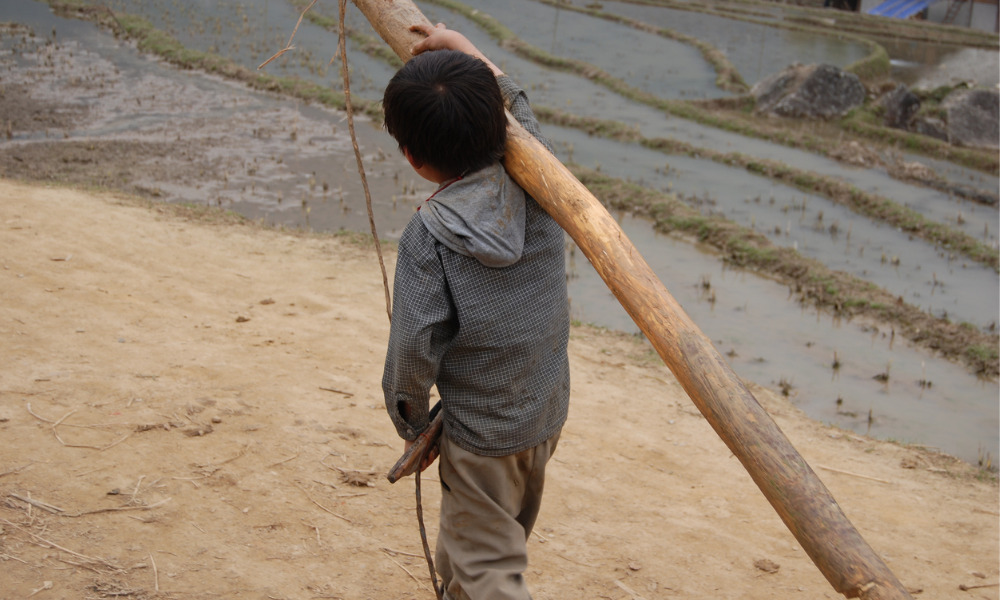
Injuries among younger workers expected to rise due to labour shortages

For decades, children have been getting hurt on the job in Quebec, which is the only province in Canada without a minimum age to enter the workforce. But that is going to change this year, with a new bill restricting employment to kids no younger than 14 years old, with a few exceptions.
CUPE and its provincial occupational health and safety committee have been pushing for this legislation along with other unions, following a report from Quebec’s workplace safety board, CNESST, which found 203 children under the age of 16 were hurt on the job in 2021 and received compensation.
“CUPE has added its voice to those demanding legislative oversight of child labour given the importance of protecting this category of more vulnerable workers and due to the negligence of some employers. Careful monitoring of the steps leading up to the tabling of this legislation will be crucial to ensuring that it provides bona fide protection for these workers,” says Sophie Martin, a lawyer and union representative responsible for the committee.
The issue was pushed into the spotlight in June when a child under the age of 14 was seriously hurt while working at the Village Vacances Valcartier. He fell off the flatbed of a quad and was then struck by the vehicle, suffering serious injuries to his head and body.
Child labour has underpinned the province’s economy with research showing 53 per cent of high school students work during the year. Students are 12 and 13 when they enter high school in Quebec, which begins in grade 7. Forty-six per cent of first-year high school students in the province are employed.
“These figures will certainly be revised upwards due to the labour shortage, which only increases this problem,” explains Martin.
These students are at a greater risk of dropping out of school, are more likely to have irregular sleep schedules, and often suffer from sleep deprivation.
“These situations lead to a significant decrease in the ability to concentrate, and also reduce the reaction times and motor skills of young people, which is a phenomenon conducive to the occurrence of work accidents,” says Martin.
Another CUPE survey revealed 19 per cent of high school students said they had already suffered a workplace injury, with 67 per cent of those saying they missed school and needed medical treatment.
Changes to British Columbia’s Employment Standards Act regarding young workers took effect in October 2022, where the general working age in the province has jumped to 16 from 12.
Unions, employers’ associations, and Quebec’s advisory committee on labour and workforce have been negotiating the finer details of the legislation. CBC reports recommendations include setting the minimum working age limit at 14, with exceptions for children 13 and under who would be allowed to work in specific settings like babysitting, fruit picking, and family run businesses.
It was also recommended students between 14 and 16 be limited to a 17-hour workweek, including weekends. This would not apply in the summer. There would also be restrictions around high-risk workplaces like sawmills and factories.
"There is much more fatigue, stress and anxiety among young people who work many hours per week," said Labour Minister Jean Boulet in a CBC report. "The risk of an accident is therefore higher."
Young workers are keeping quiet about hazardous working conditions, according to a study released in 2015.
The opposition also supports the bill, with Liberal education critic Marwah Rizqy quoted as saying they want to see it adopted quickly. “At the end of the day, it is about the health and safety of minors and the educational success of children. This is a high priority and we cannot procrastinate on this issue for long."
The legislation is expected by introduced in the National Assembly in February, with the aim to have it adopted into law by June, in time for the summer break. Martin says CUPE will be watching closely to ensure the legislation protects young workers.